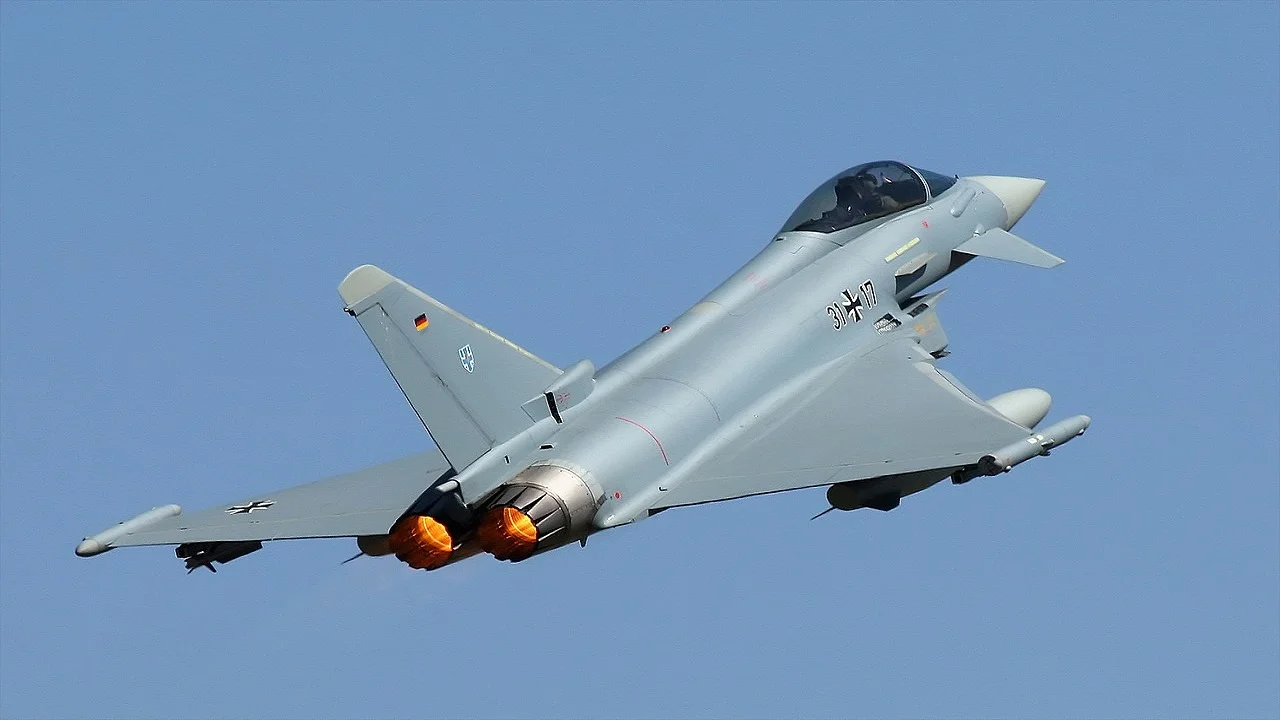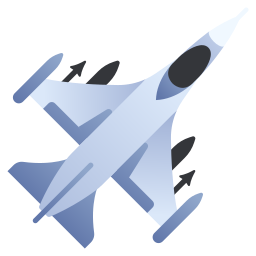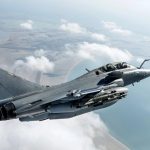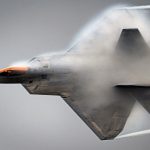
The Eurofighter Typhoon is a multi-role fighter that is unique in Europe, the result of collaboration between German, British, Italian and Spanish specialists. It is presented as a family of aircraft composed of slightly different variations for each country participating in the project.
The first airframes of this family belong to the fourth generation of fighters, while the later modifications belong to the conditional generations 4+ and 4++ respectively.
Like other modern multi-role fighters, the Eurofighter Typhoon is equally successful in achieving superiority in the sky, attacking ground and surface targets, reconnaissance, etc.
Armament
The Eurofighter Typhoon’s armament portfolio is very broad and diverse. This is mainly due to the fact that each country involved in the creation of a single European fighter has its own view on the composition of weapons for a particular mission. For example, while the choice of weapons for air-to-air combat is largely the same for all countries and is represented by the short-range AIM-9 Sidewinder and AIM-132 ASRAAM guided missiles, the AIM-2000 IRIS-T, the medium-range AIM-120 AMRAAM and the long-range MBDA Meteor, the choice of air-to-ground weapons differs significantly.
The German Eurofighter Typhoon is armed with its own Taurus KEPD 350 long-range cruise missile and the US AGM-88 HARM high-speed anti-radar missile. Britain has relied on domestically produced Storm Shadow, Brimstone and ALARM missiles, respectively.
The Austrian Eurofighter Typhoon has no air-to-surface armament at all, and Spain has become the only country to equip its fighters with dedicated anti-ship missiles (AGM-84 Harpoon).
The integrated armament of the Eurofighter Typhoon is represented by the 27 mm Mauser BK-27 air cannon.
Main materials that have been used in the design
The materials used are many, with few traditional aviation aluminium alloys. For example, over 40% of the total fuselage mass is carbon fibre reinforced plastic. Lithium and aluminium alloys account for 20%, and pure aluminium alloys 18%. High-strength titanium-based materials account for 12%, and GRP for 10%. Carbon fibre-reinforced plastic covers 70% of the aircraft’s surface, while GRP accounts for 12%.
About 15% is metal, and another 3% is made up of high-strength plastics and other structural materials. Incidentally, the Typhoon is the most technologically advanced of all European fighter aircraft: 5 percent of all technical solutions used have not yet been revealed, as they are secret developments by European aerospace agencies.
Even in the original planning of the aircraft’s design, the specification stipulated that the weight of an empty aircraft should not exceed 9999 kilograms.
Differences in modifications
Initially, it was thought that aircraft of this model would be used only for combat against enemy aircraft. But after the start of the campaign in Afghanistan, they began to be actively used to suppress ground targets. Incidentally, did the “Typhoon” fighter act against the MiG? No, it didn’t. Yes, the Soviet machines were able to stay in Afghanistan, but only at that time there were no pilots who could fly them.
The upgraded machines already in 2008 could rightly be called multirole fighters. They are distinguished by the abbreviation FGR4 (if there is a T3 in the name, it is a two-seat version of the aircraft). Prior to the new modification, all existing Typhoons had been upgraded by the end of 2012. The Typhoon 5 fighter is currently under development. Its characteristics are not yet known.
The upgrades have resulted in a major reinforcement of the landing gear struts and an entirely new set of on-board equipment, including an improved avionics system. In addition, the air-to-ground armament systems were significantly upgraded, due to the need for the aircraft to perform its strike role. Negotiations are currently underway to build a third generation of these fighters. EU countries have big plans for them: it is believed that the UK alone should have at least 170 Typhoons by 2030.
In the third version, the aircraft will receive fully conformal fuel tanks and, once again, the on-board electronics will be completely replaced. Most importantly, the fighter will be equipped with a more powerful propulsion system, as well as a radar station with a phased array of active antennas.
But most interesting is a modification of the Typhoon intended for the UK Air Force (Typhoon MK 1 fighter). In this variant, the aircraft received entirely new target designation systems and laser rangefinders, specially developed by Israeli defence company Rafael. The armament of the bombs was also significantly improved. So, there are guided bombs weighing 450 kg. The US company Raytheon produces them. They can be guided by a laser beam and have a GPS correction system.
The aircraft of the third and fourth series will enter service, in principle, in Treaty member states and in some buyers not before 2017. The Typhoon 5th generation fighter is expected to start development around the same time.
Features
The Eurofighter Typhoon is a unique fighter aircraft incorporating advanced aviation and electronics concepts from the four participating nations, whose production facilities allow these fighters to be produced in large quantities when required.
You may also like:


